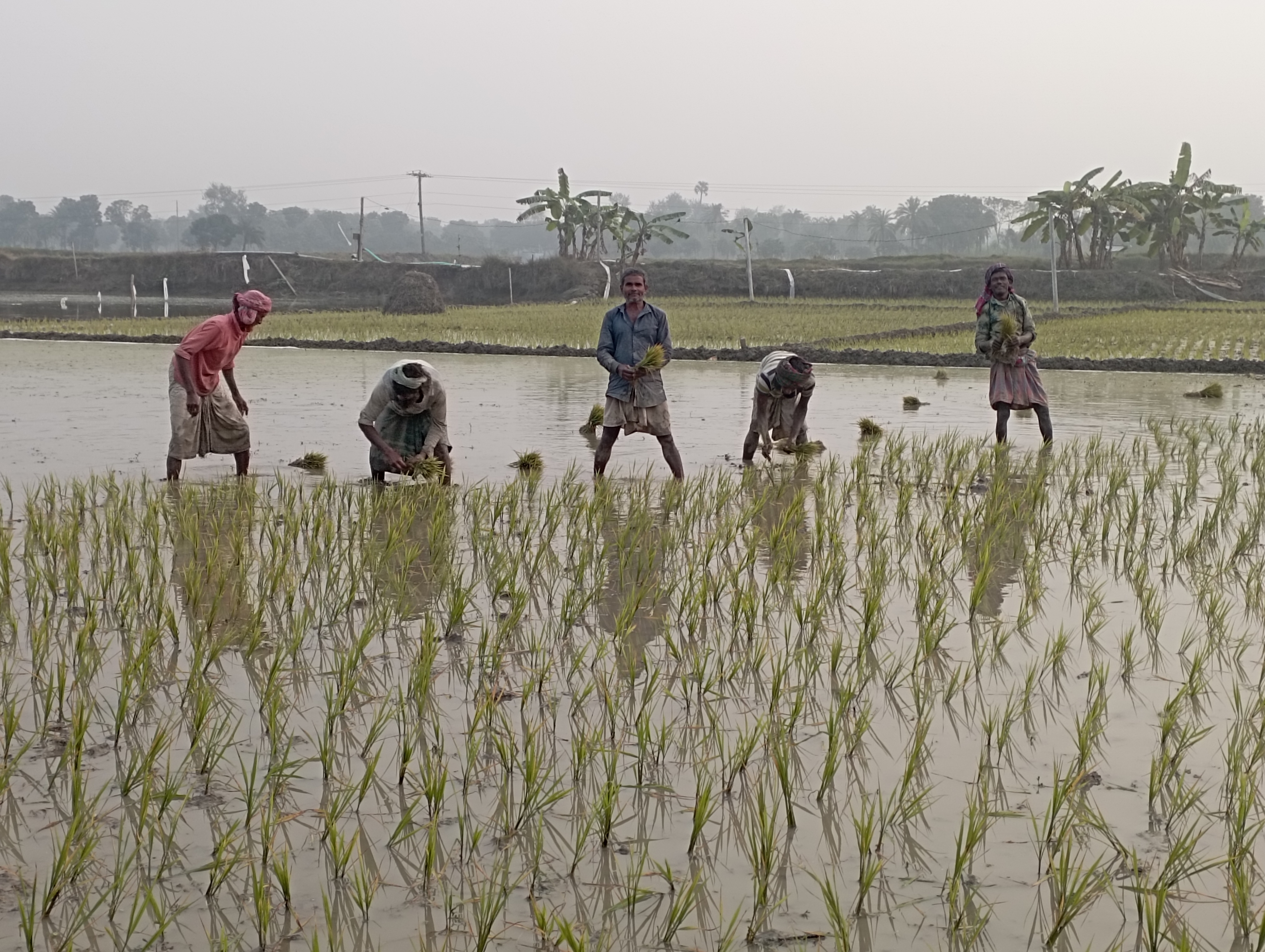Traditional Food Production System

With a population of over 170 million, Bangladesh has been experiencing severe economic, social, and environmental strains. As a result of this demographic burden, it has a significant impact on its ability to care for its large population in terms of providing necessary nutritious foods. Evidence suggests that the way of food production and processing system have been changed over the last few years. Additionally, food production and consumption behavior have also changed by societal advancement, climatic change, and changes in consumers preferences in Bangladesh. In addition, agriculture is no longer a standalone industry; instead, it is now intertwined with other sectors, including ICT, finance, and manufacturing, all of which have a significant impact on agricultural production process on a daily basis. Even if the agricultural sector is making remarkable development, food security is still a global concern and a significant concern in some regions of the world, particularly in developing countries. Many countries strive to have an abundant, reliable, affordable, and nutrient-dense food supply, and most of agricultural investment efforts are directed toward accomplishing this goal. Considering the objective of achieving food security, the focus has been placed on staple crops like rice, wheat, and maize production, since they make a large contribution to resolving global food security issues.
Evidence pinpoints that rice is one of the staple foods and the main source of nutrition for about more than 4 billion of people across the world. Along with countries in Asia, in some regions of Africa and Latin America, as well as in Europe and the UK, it is a staple crop. The food grain, which is cultivated on more than 160 million hectares worldwide, is vital for the making economic and stability of many countries, particularly those in South-East Asia, China, and India, to name a few. In spite of cultural changes, more than one-fourth of the world's population is accustomed with eating rice as a main crop in the last couple of years. This highlights how important it is for ensuring food security by focusing on producing the rice grain across the world. Although the significance of rice in the food and agrarian ecology is well known, traditional rice-producing nations have struggling a few difficulties related to the loss of vast amount of arable land as a result of industrialization, modernization, resource scarcity, and the consequences of hazardous climate issues. Due to the fact that the majority of rice is grown in flood-prone tropical and delta regions, rice is one of the crops most likely to be impacted by recent climate changes.
Evidence pinpoints that rice is one of the staple foods and the main source of nutrition for about more than 4 billion of people across the world. Along with countries in Asia, in some regions of Africa and Latin America, as well as in Europe and the UK, it is a staple crop. The food grain, which is cultivated on more than 160 million hectares worldwide, is vital for the making economic and stability of many countries, particularly those in South-East Asia, China, and India, to name a few. In spite of cultural changes, more than one-fourth of the world's population is accustomed with eating rice as a main crop in the last couple of years. This highlights how important it is for ensuring food security by focusing on producing the rice grain across the world. Although the significance of rice in the food and agrarian ecology is well known, traditional rice-producing nations have struggling a few difficulties related to the loss of vast amount of arable land as a result of industrialization, modernization, resource scarcity, and the consequences of hazardous climate issues. Due to the fact that the majority of rice is grown in flood-prone tropical and delta regions, rice is one of the crops most likely to be impacted by recent climate changes.
